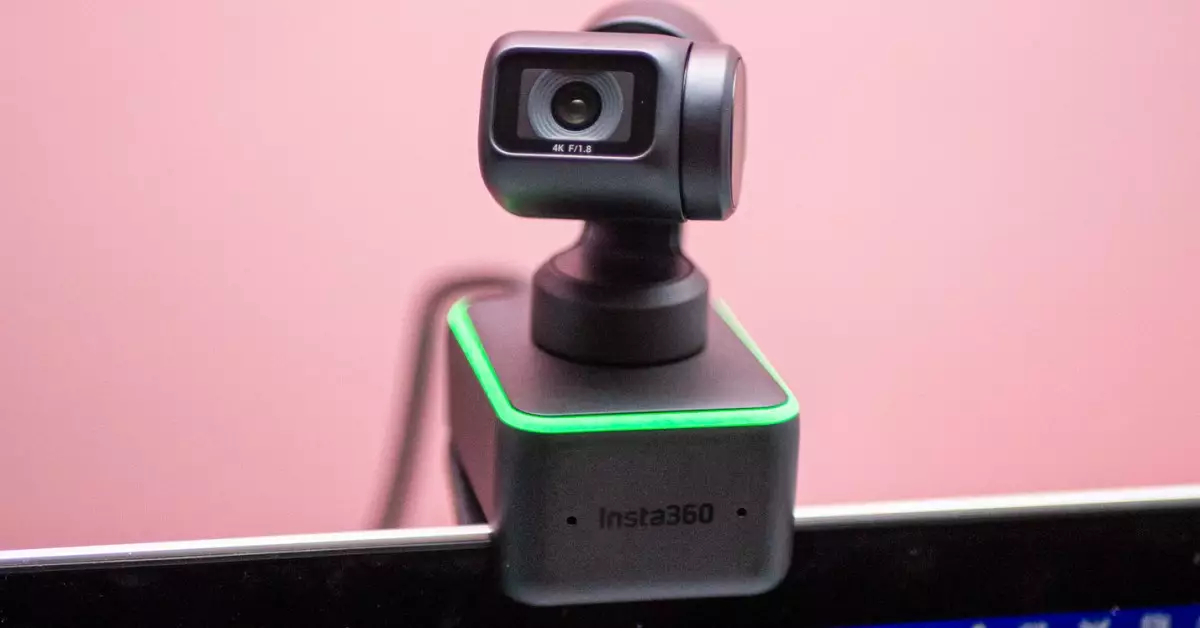The launch of any new gaming console naturally comes with a wave of excitement and expectation, particularly when it promises a more integrated and engaging experience. Nintendo’s Switch 2 is no exception. However, amid the euphoria, an overlooked yet critical element has surfaced—a lack of clarity regarding the compatibility of web cameras. While Nintendo implies an expansive compatibility list with “any” USB-C camera, gamers are discovering a harsh reality: not all webcams are created equal, and many popular options are left out in the cold.
The Great USB-C Misunderstanding
Nintendo’s announcement claimed users could seamlessly integrate third-party USB-C cameras, leading many to assume that connectivity would be as straightforward as plugging in a device. However, this assumption clashes with reality as numerous well-respected brands, including Logitech and Elgato, have found their products failing to register with the Switch 2. The popular Logitech Brio 4K and Insta360 Link, which are often lauded in the realm of streaming and video communication, simply do not function on the new console.
What’s most fascinating (and perplexing) about this situation is how functional older USB-A models, like the Logitech C920, execute flawless connectivity. This inconsistency raises fundamental questions regarding what “compatible with USB-C” truly means. Does Nintendo only mean compatible within its ecosystem? If that’s the case, the messaging is misleading and frustrating for users hoping to leverage their existing tech assets.
The Silence from Manufacturers
If gamers anticipated a helpful and detailed compatibility list from webcam manufacturers, disappointment was inevitable. The silence from major companies such as Logitech, Razer, and Anker regarding compatible devices is perplexing. It begs the question: Why hasn’t there been more proactive communication? A company’s failure to provide a clear-cut list of operational cameras only fuels consumer frustration. The gaming community, rather than relying on concrete information, is finding itself piecing together compatibility like a jigsaw puzzle without a picture reference.
This failure also highlights a broader industry oversight. As technology evolves, a responsibility falls on manufacturers to ensure that their products are not just innovative but also widely compatible with popular systems. This is not merely a consumer expectation; it’s a necessity in an age where videoconferencing and online gaming intertwine seamlessly.
Creating a Collective Resource
As the void left by official sources becomes evident, the community is stepping up to fill the gap. Online forums and social media platforms are ablaze with threads where users share their findings about which webcams successfully connect to the Nintendo Switch 2. This grassroots effort is commendable; however, it should not be the primary source of information for consumers.
The emergence of community-driven lists is a testament to the gamer ecosystem’s resilience, but it is also a stark reminder of the oversight on the part of manufacturers. Efforts to create informal databases risk fragmentation and confusion as different users report varying results, leading to a situation where one person’s win becomes another’s loss.
The Future of Compatibility
Amidst the confusion, there is a glimmer of hope. Both Nintendo and webcam manufacturers are aware of the situation, and the latter is even exploring firmware updates to enhance compatibility. It’s a step in the right direction; however, it raises the question—why wasn’t this foresight apparent pre-launch?
As the landscape of gaming continues to evolve, what is clear is that emphasizing interoperability must remain a priority. Consumers are investing in systems and peripherals, not just for today but with an eye on future-proofing their gaming experiences. The concept of a plug-and-play future shouldn’t be a distant ideal; it should be a standard.
In this fast-paced world of technology, the balance between innovation and usability is paramount. The Nintendo Switch 2 has the potential to be a fantastic addition to the gaming landscape, but its success hinges on ensuring every accessory, especially webcams, can seamlessly integrate without a hitch. The consistency and clarity of communication from both Nintendo and manufacturers will ultimately determine how this narrative unfolds in the months to come.

